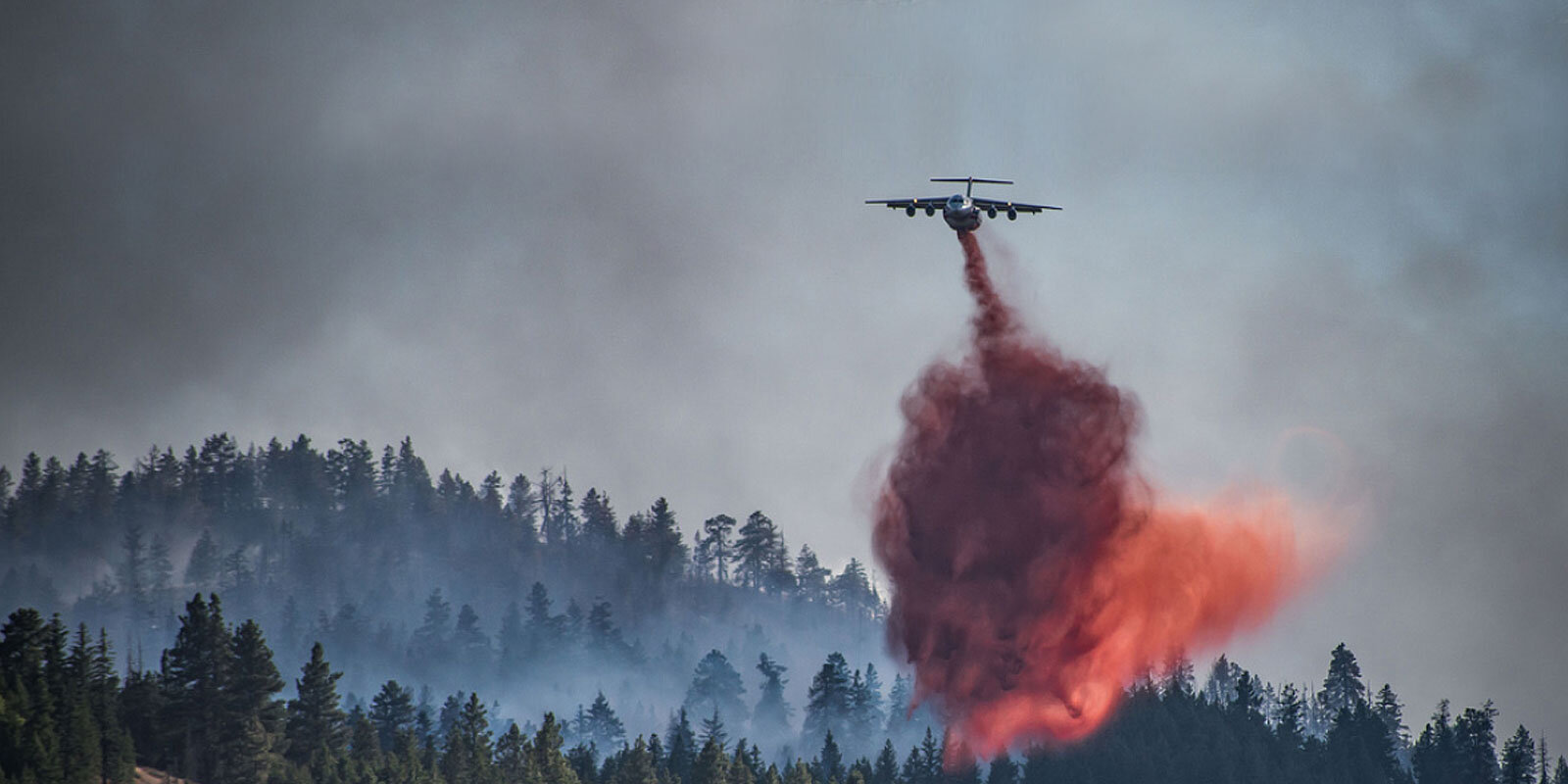
“There’s never been a more important time for our community to collaborate on forest health and wildfire preparedness. FAMV is providing essential leadership and coordination in that work, in which everyone has a role to play.”
– Jason Paulsen, Chair of Methow Valley Long Term Recovery
Who We Are
Director
Sheah Ellis
Sheah Ellis was born and raised in Charleston, South Carolina, where she earned a B.A. in Biology from the College of Charleston. In her studies she found an abiding love of botany and forest ecology, which led her to a fire ecology internship with the U.S. Fish and Wildlife Service in coastal Mississippi. Her internship launched her career in fire ecology and fire suppression, taking her to jobs all across the United States.
Ellis moved to the Methow Valley in 2014 and had been working for the National Park Service fire ecology program for eight years. She spent many summers during that time in Lake Chelan and Lake Roosevelt National Recreation Areas collecting data on long term fire effects monitoring plots, as well as participating in prescribed fires, fuels mitigation work, and wildfire suppression.
In 2015, Ellis left her career in fire ecology to start a family. She worked at local businesses and non-profits, including Methow Recycles and Methow Trails. Ellis is strongly connected to the Methow Valley community and is eager to combine her knowledge of wildfire and ecology with her love of hands-on community engagement, which she is doing as Director of FAM.
“The Methow Valley is a special place filled with people who truly value the community here and their roles within it”, Ellis said. “This community excels at taking on hard jobs and finding solutions. I look forward to using that energy to develop Fire Adapted Methow into a resource for the community. To achieve that, I will be working with you to build programs that fit our need to thrive in a community that will always be tasked with living with fire.”
Steering Committee
Julie Muyllaert
Catherine Humblet
Emily Warn
Read the latest FAM news here!
Fire Adapted Methow History
Nancy Farr and Kat Heim created FAM in 2018 in response to back-to-back years of devastating wildfires. When they stepped down in 2023, they had built a strong foundation from which the organization could grow.
Their work included the development of an Equitable Mitigation Program (see below), building a network of fire-related agencies and organizations, collaborating on creating a fire-resistant demo landscape at the Winthrop Library, and many other educational and wildfire mitigations projects.
Nancy and Kat’s success was due, in no small part, to the lasting partnerships they built with the WA Department of Natural Resources, Okanogan Conservation District, Methow at Home, Winthrop Kiwanis, and Okanogan County Fire District 6. Through those partnerships, and through Kat and Nancy’s effective leadership, FAM secured funding from federal, state and local funding that allowed the organization to develop a suite of outreach, education and risk mitigation programs.
Equitable Mitigation Program
The pilot Equitable Mitigation Program worked with people from underserved and marginalized communities, whose physical, social and/or economic circumstances made it difficult to prepare for wildfire. The program, which took place from 2020-2022, helped them to reduce fuels, create defensible space and perform minor home hardening. Read the report here.
We’re grateful to these organizations for their financial and other support for development of this website:
We recognize that we live, work and recreate on the traditional homelands of the Methow People and others of the Colville Confederated Tribes. These people have stewarded this land since time immemorial, and we recognize and honor them – those living today and their ancestors.
This project was made possible, in part, through support provided by the U.S. Department of Interior (DOI) Bureau of Land Management (BLM) to Washington Resource Conservation and Development Council (WRCD) under the terms of Agreement #L15AS000176. The content and opinions expressed herein are those of the author(s) and do not necessarily reflect the position or the policy of the BLM, DOI, or the WRCD, and no official endorsement should be inferred.









